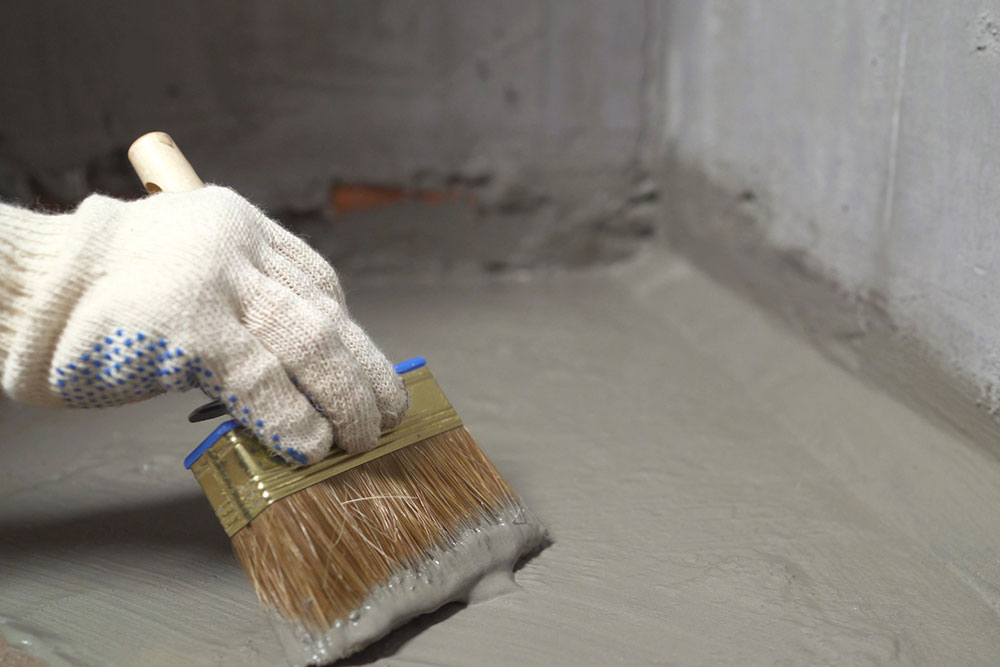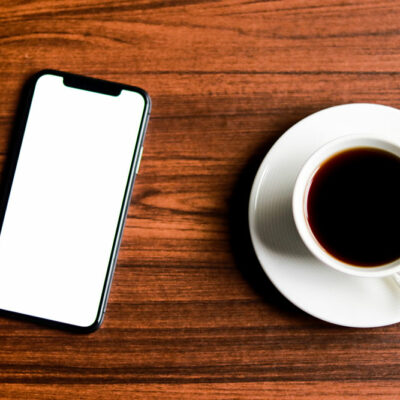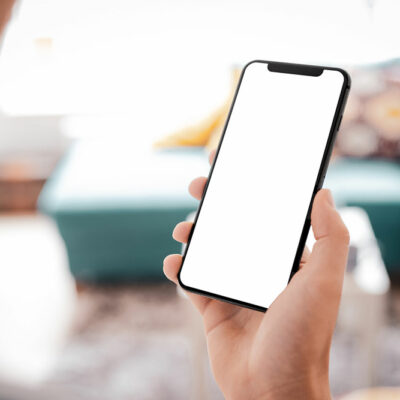
10 common mistakes to avoid when waterproofing basements
Being a homeowner has its challenges. From everyday upkeep to taking on large-scale renovations, there are plenty of things to pay attention to. While not many people think about their basement too much, keeping it in good shape is essential for the strong foundation of one’s home. One of the most frequently occurring issues here is water damage, which can be avoided by proper waterproofing. Thus, here are some basement waterproofing mistakes to avoid.
Relying only on paint for waterproofing
One of the most common mistakes people make when waterproofing their basement is relying only on waterproof paint. While this does add a layer of security to the walls, it is not enough. Often, it can cause bubbling or cracking underneath, which can impact the appearance of the wall and allow water seepage.
To protect the basement from water damage, hire a professional to check for water damage. First, address the root cause of the damage, followed by a sealant. Then, use waterproof paint as a finishing touch on the walls.
Trying to drain a flooded basement too fast
When a basement floods, the instinctual response is to remove the water as quickly as possible. However, this can be counterproductive in the case of damage caused by storms or a large water body. This type of water damage is generally linked to high pressure. So as soon as one clears out the basement, one risks more water flooding in with pressure, worsening the damage.
The solution is to take ample time to clear out the basement. Focus on clearing the nearby areas to reduce the risk of pressure buildup inside the house.
Failing to give the basement enough drying time
Once the basement has been cleared of water, many people quickly jump into repairs. This can be a huge mistake. Give the basement time to dry up entirely before waterproofing it. Skipping this step could cause water to seep into the home’s foundation, weakening it or even causing it to collapse.
Always call a basement waterproofing professional to inspect the area and ensure it is completely dry before starting the waterproofing process.
Forgetting to check the soil around the foundation
The soil around the house also plays a massive role in keeping the home water-free. Water may often seep into the house from this soil, weakening the foundation. To avoid this, ensure that the soil around the home slopes away from the basement. This allows water to run off without soaking in too deep. One must also ensure any depressions in the foundation are filled to prevent water seepage.
Sealing cold joints
One may observe certain gaps between the walls in the basement. Many people believe this is where water seeps in, prompting them to seal them. This step can be disastrous. The gaps have been built into the walls for a reason. They allow the release of pressure inside the home. Without these gaps, there could be a buildup of pressure in the basement, compromising its integrity and increasing the risk of a collapse.
Waiting too long to waterproof
It is best to have waterproofing measures in place in time to avoid major water damage or repair work. However, many homeowners overlook this practice, believing their homes are safe from water damage. This leads to expensive renovations in the future.
Not fixing existing leakage issues
Waterproofing won’t help much if existing leakage issues aren’t fixed. As it is only a surface-level cover-up, water will continue seeping in via cracks or holes, causing the issue to persist over time.
To avoid this, find the main source of the leak and have it fixed. In a fully finished basement, this may require removing a portion of the sheetrock on the foundation wall to check underneath. This will help determine the underlying cause so it can be fixed promptly.
Ignoring any runoff locations
Constant waterlogging in a certain home area could also signal leakage or runoff issues inside. Runoff from the roof or the plumbing system may be pooling near the basement or finding its way inside the home, causing water damage to the basement. During waterproofing, it is also advisable to check the house’s gutter systems. Ensure that the pipes take the runoff at least 8 feet away from the house. Also, install window drains to prevent water seepage if possible.
Overlooking regular maintenance
Unfortunately, waterproofing is not a one-and-done solution to prevent water damage inside the house. To ensure proper efficiency, homeowners must regularly check, repair, and maintain their waterproofing system. However, many people forget to do this, leading to deterioration of the waterproofing materials. A weakened system allows for water seepage that can damage the foundation.
Using wooden floors or walls
While wood has unquestionable aesthetic appeal, there may be better choices for basement flooring or walls. Since the basement tends to be more humid than the rest of the house, it could cause the wood to rot or collect mold or mildew. This could further damage the basement. Instead of wood, opt for inorganic materials such as ceramic tiles for the basement.


